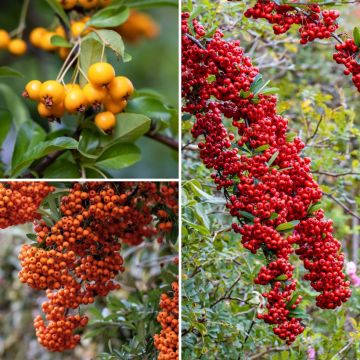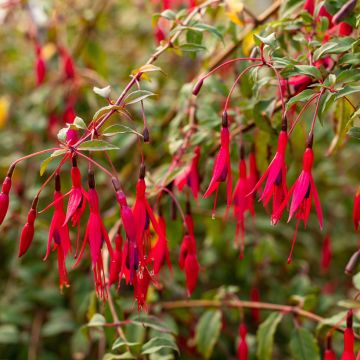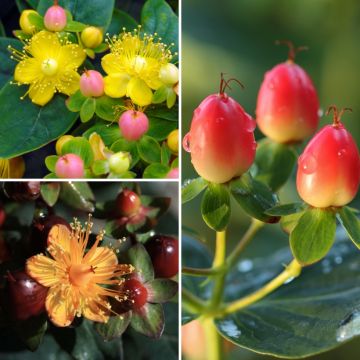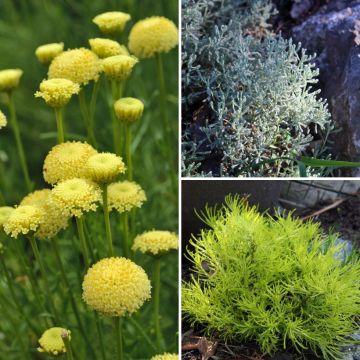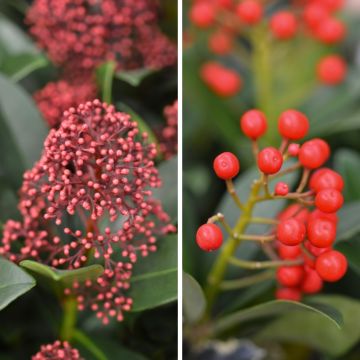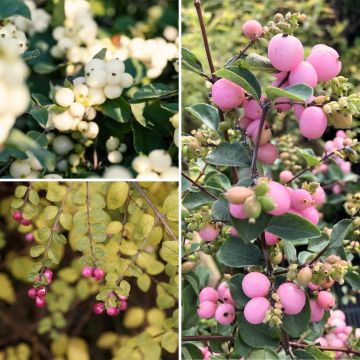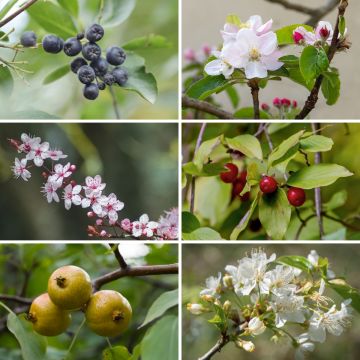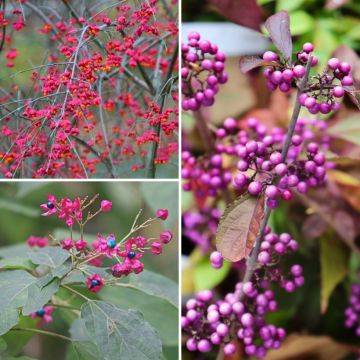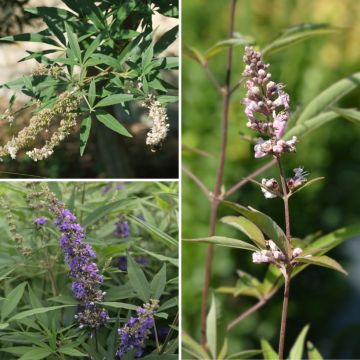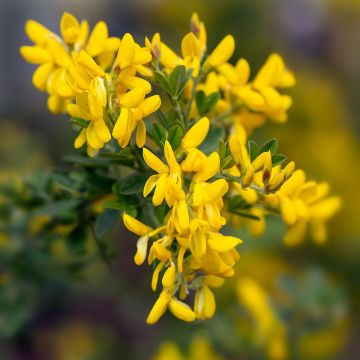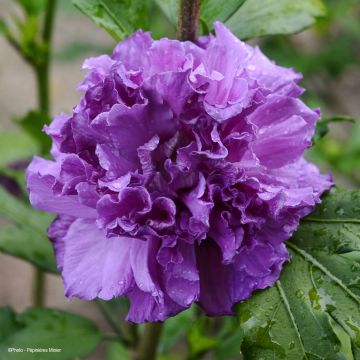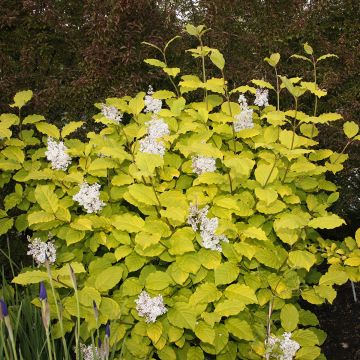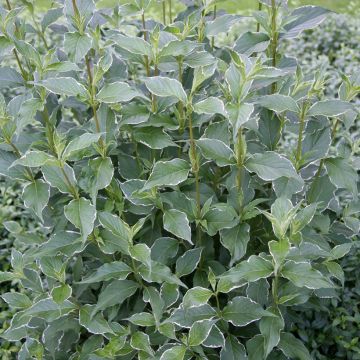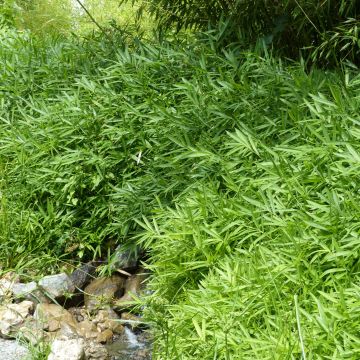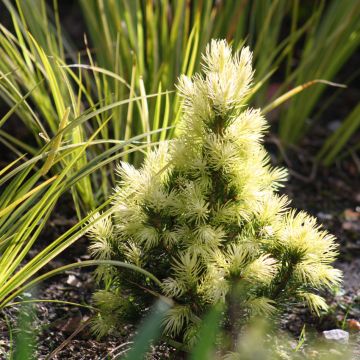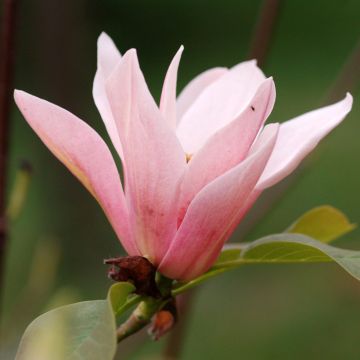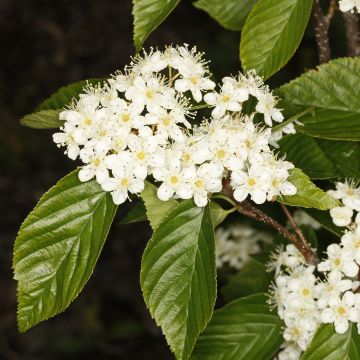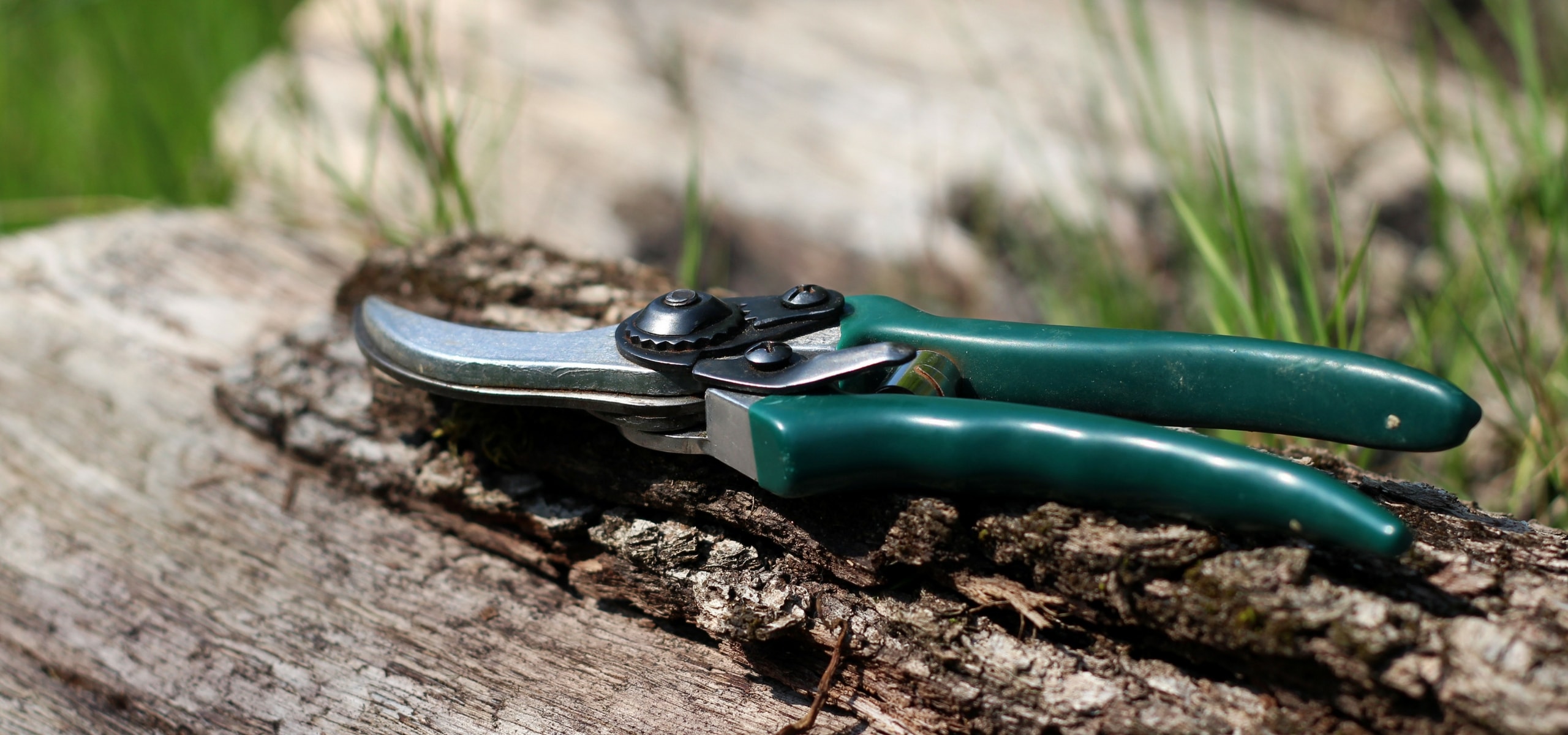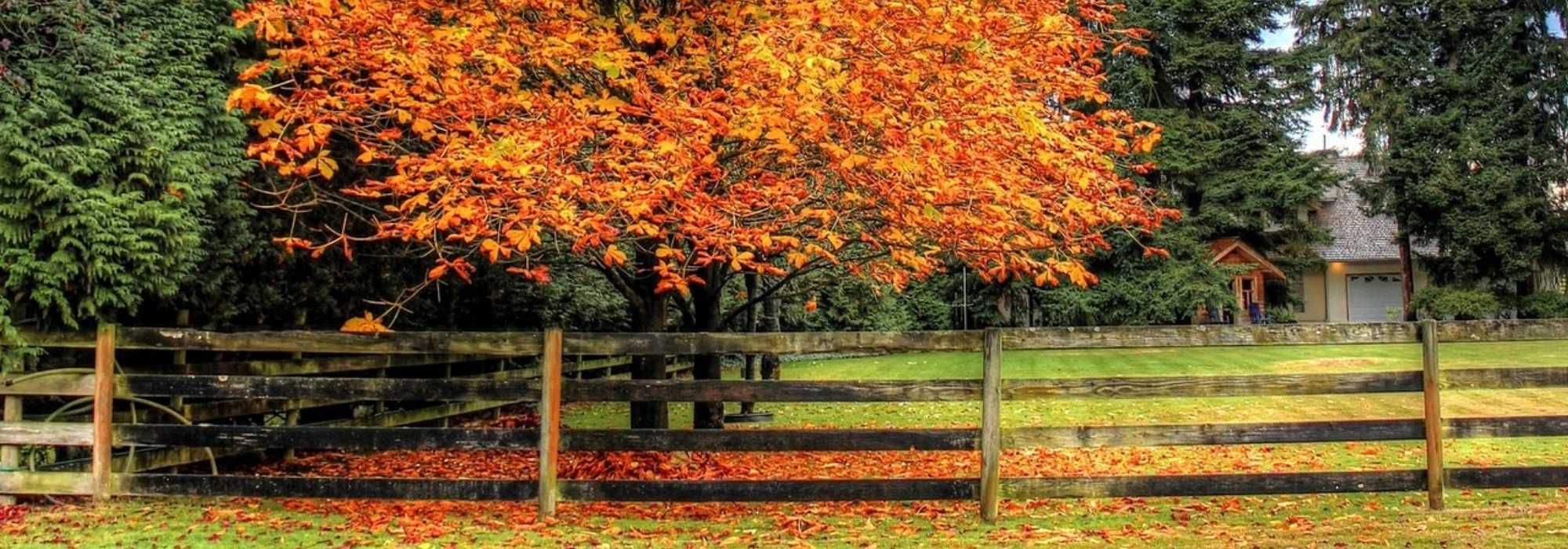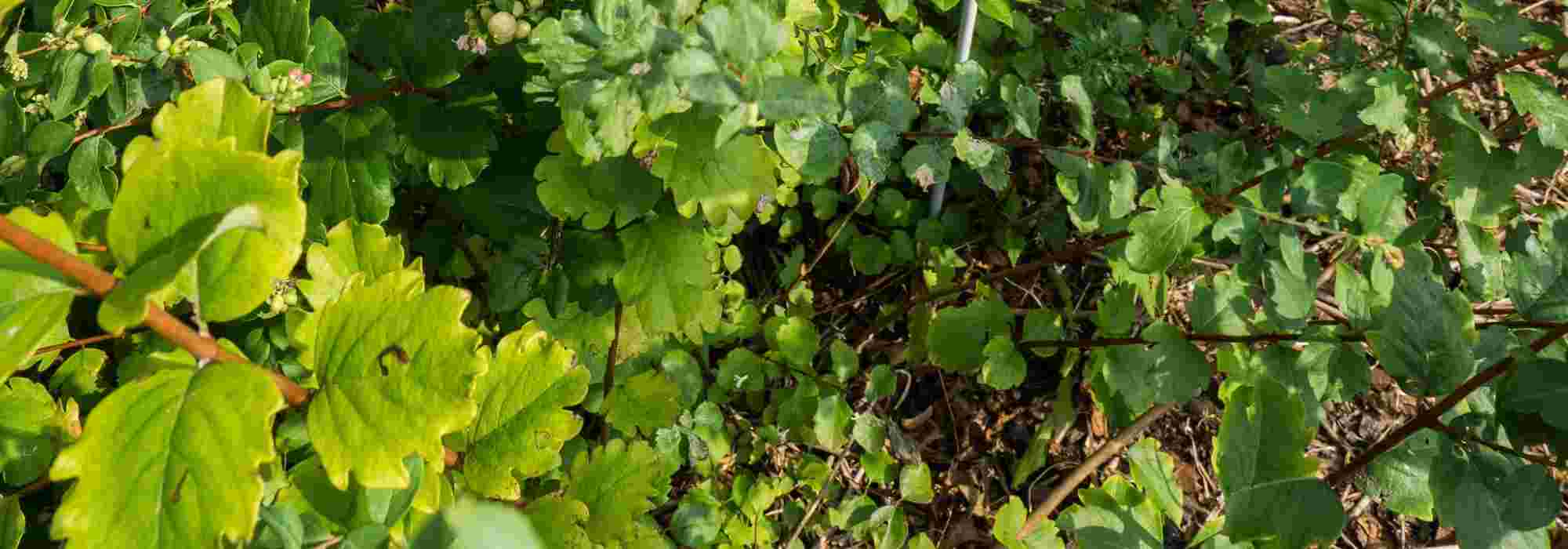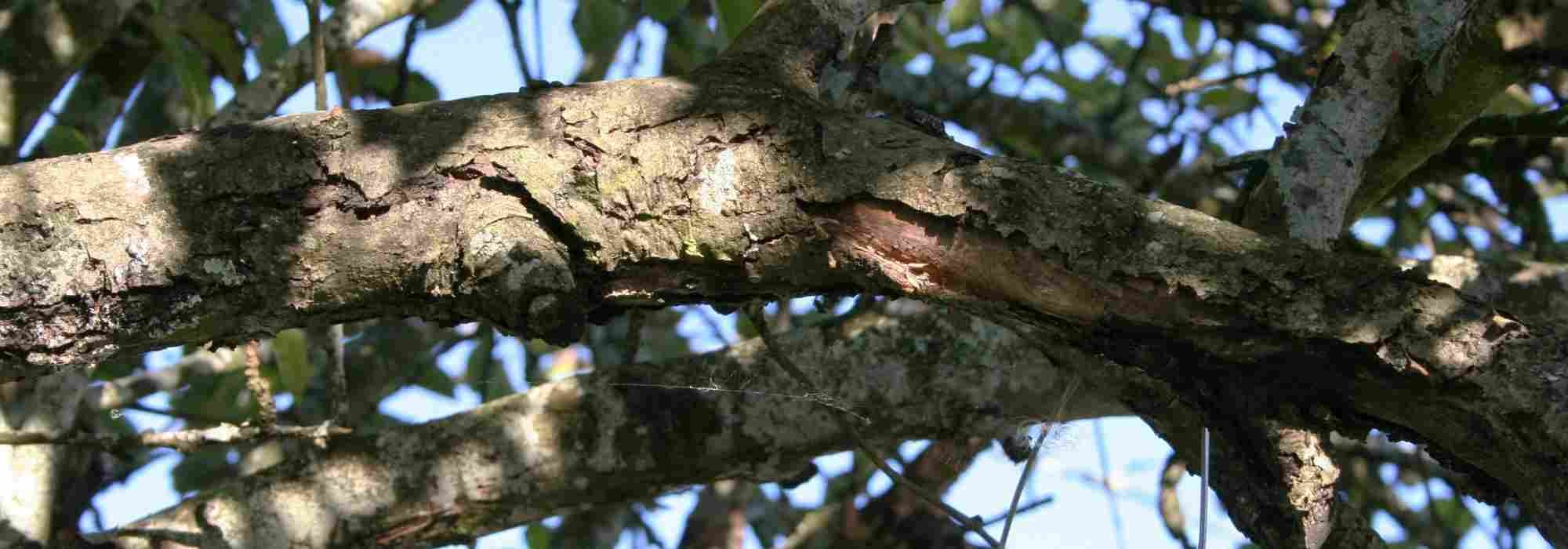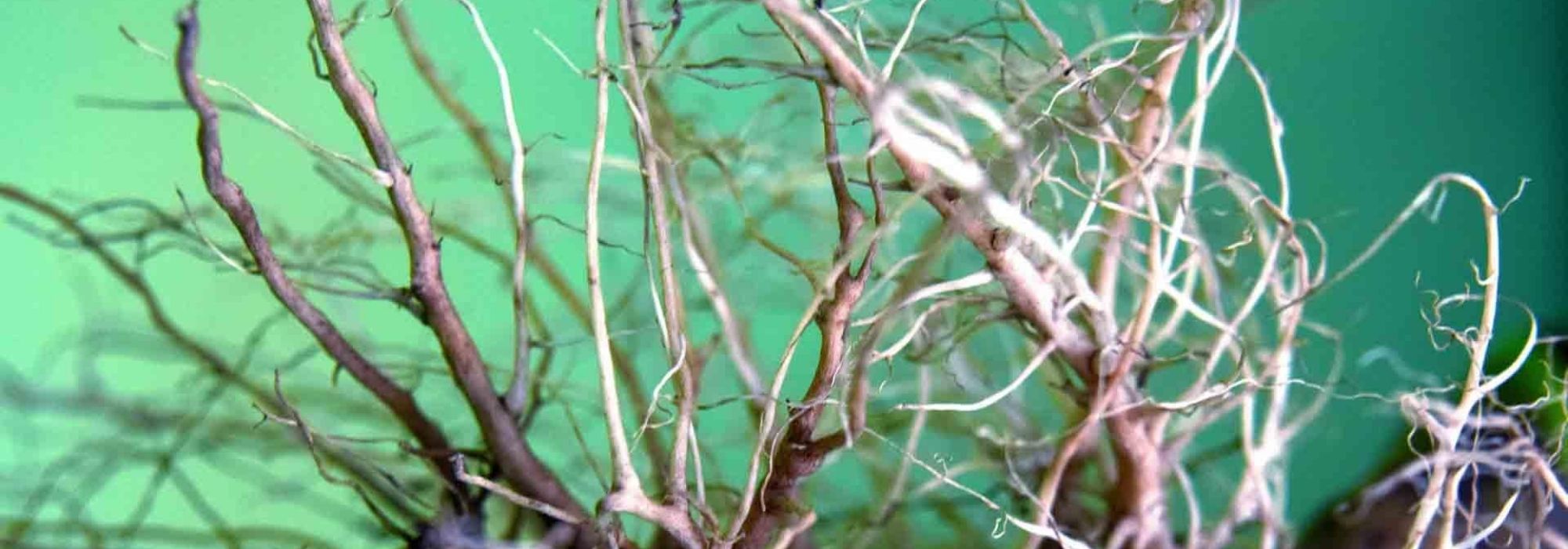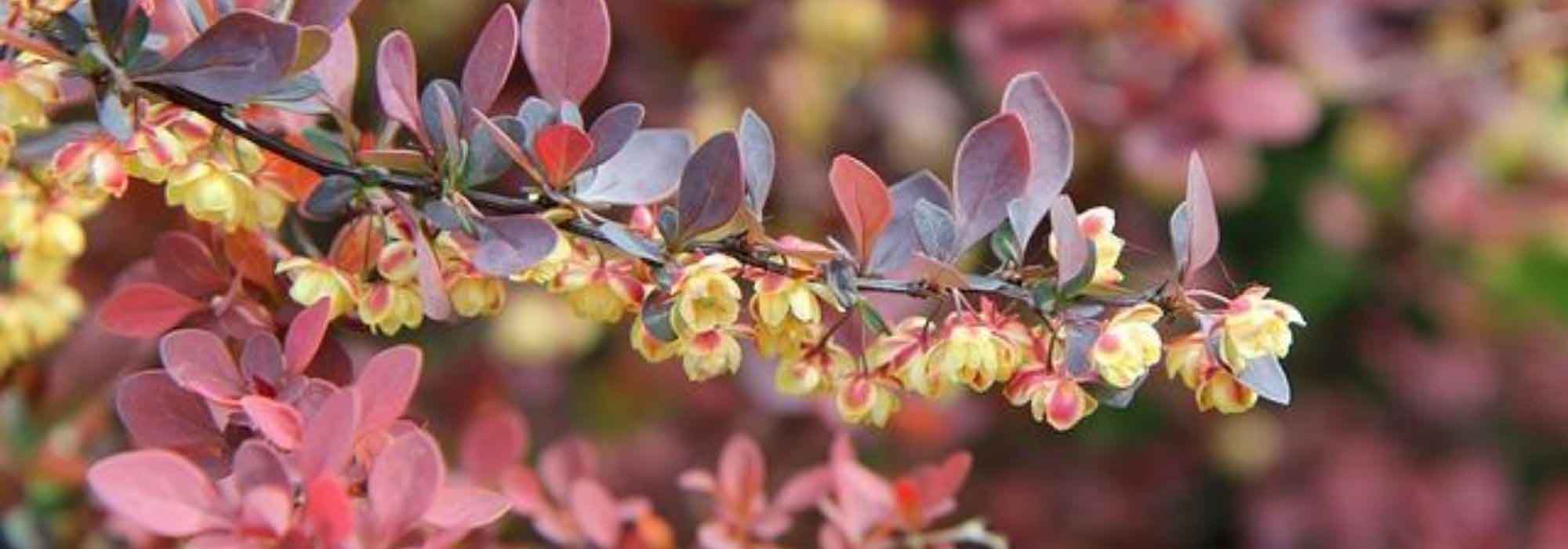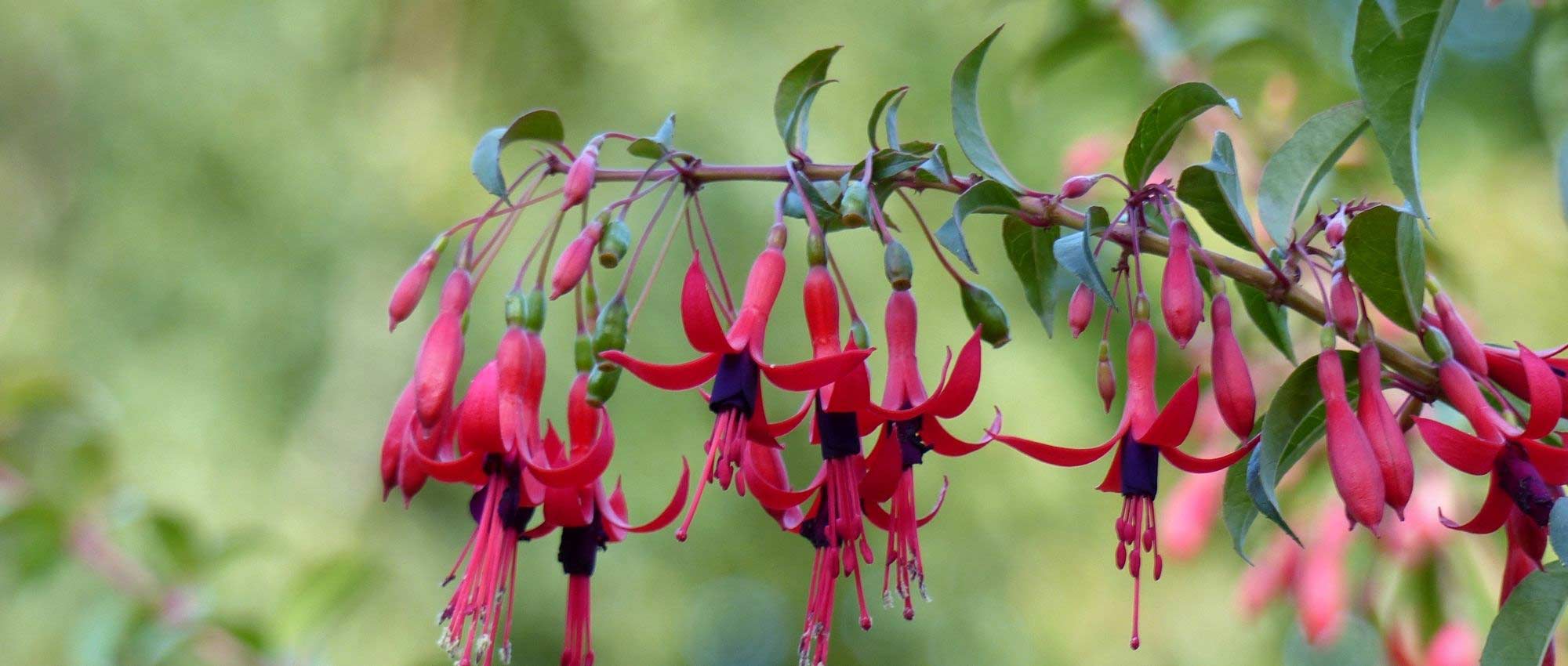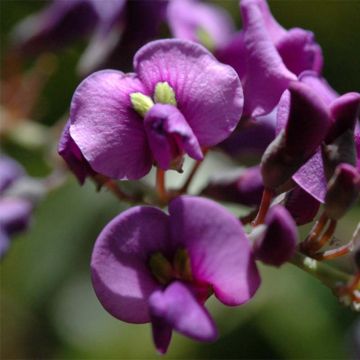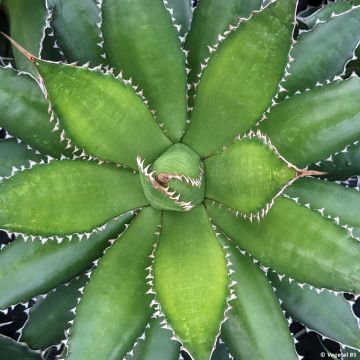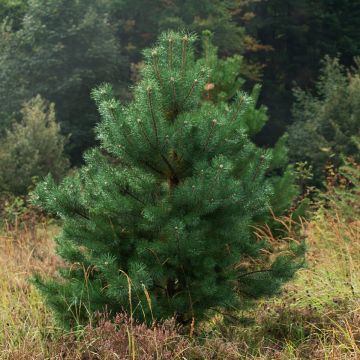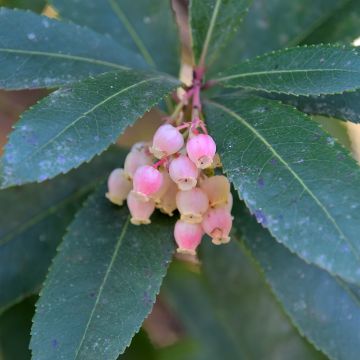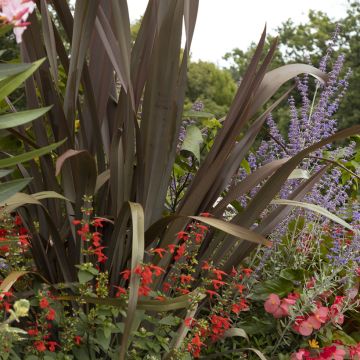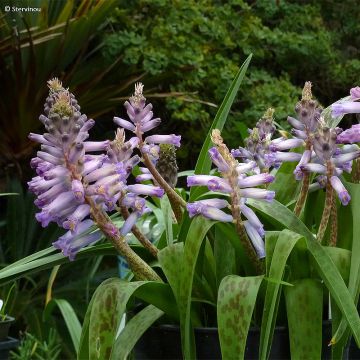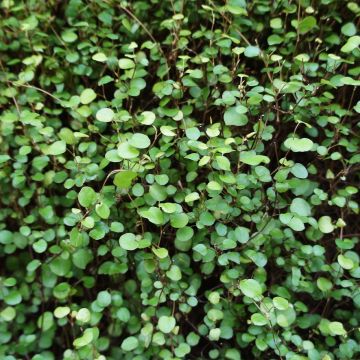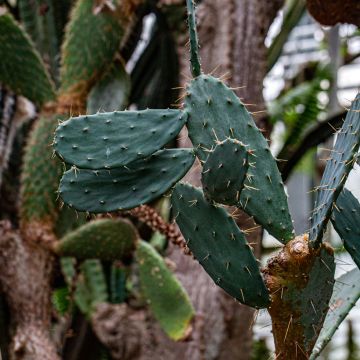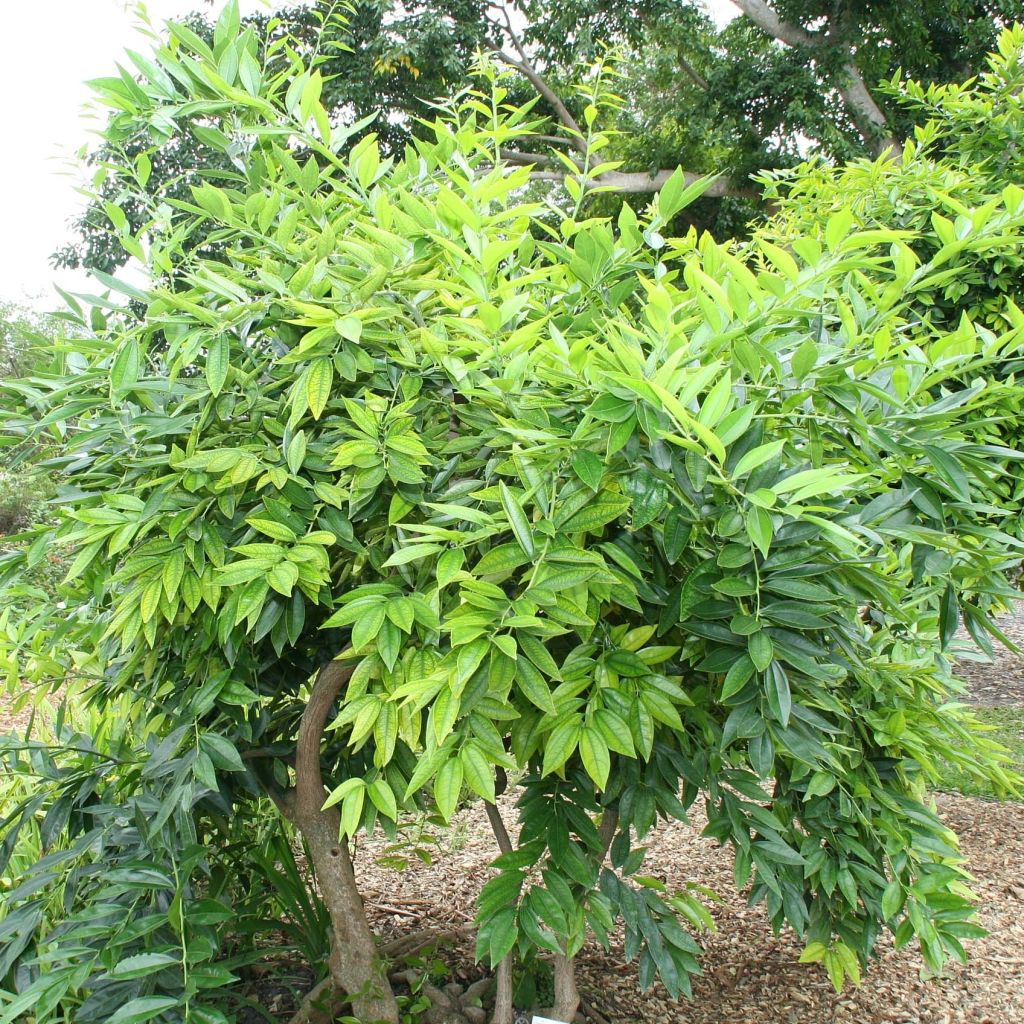

Cocculus laurifolius - Cocculus à feuilles de laurier
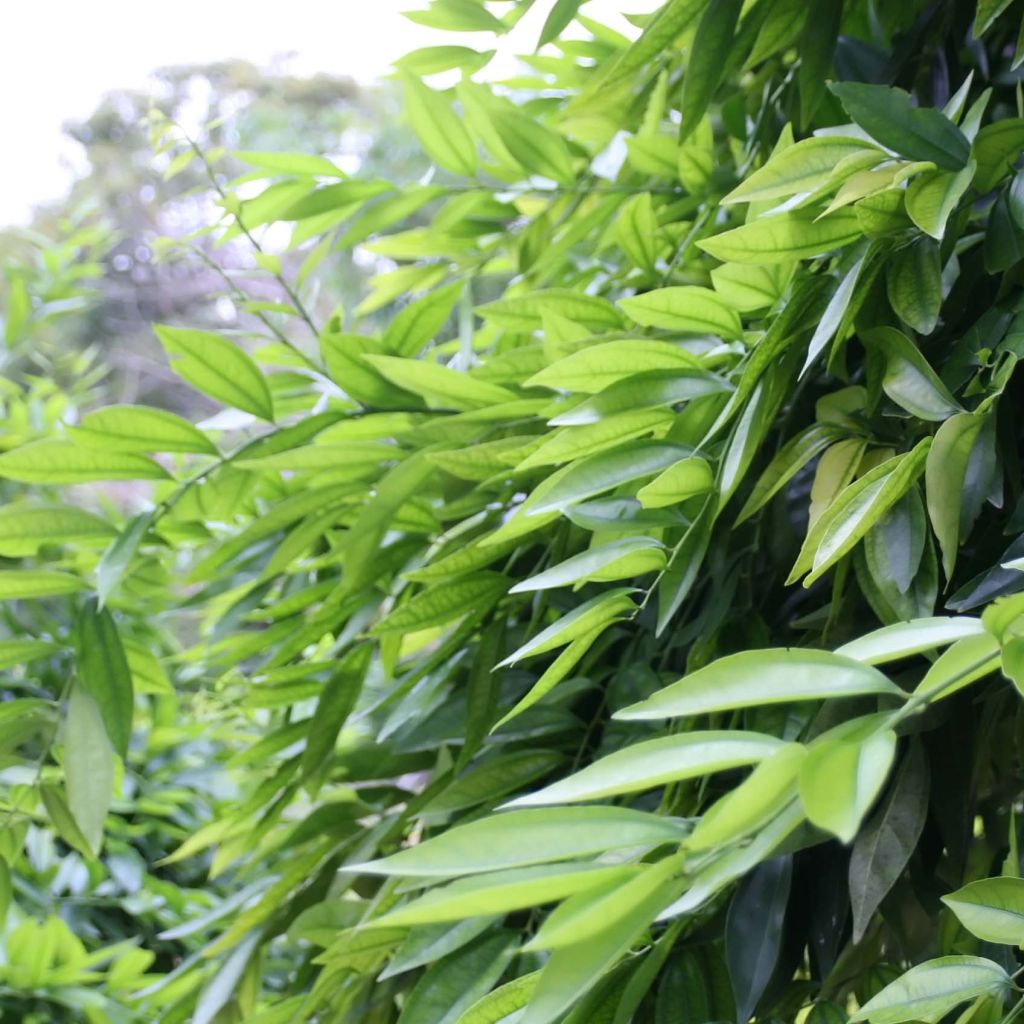

Cocculus laurifolius - Cocculus à feuilles de laurier
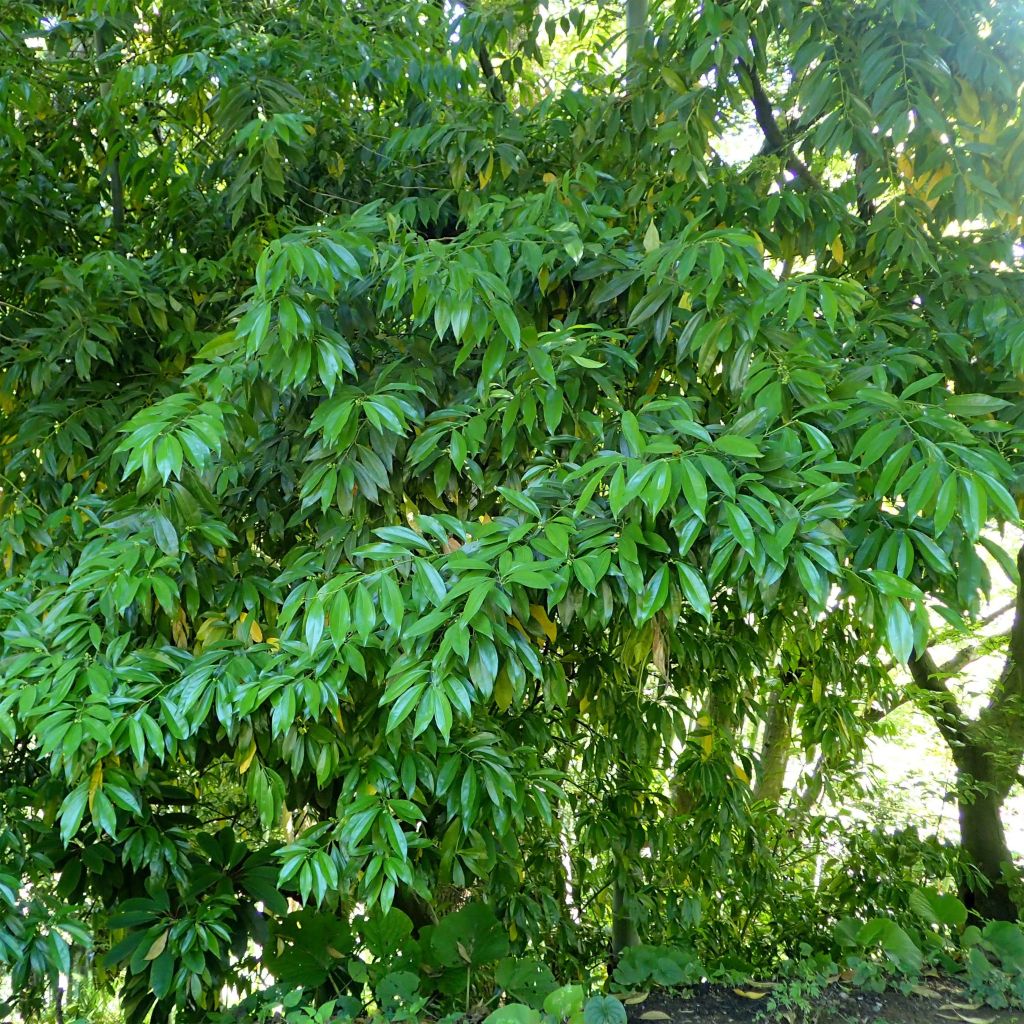

Cocculus laurifolius - Cocculus à feuilles de laurier
Cocculus laurifolius
Cocculus laurifolius
Laurel-leaved snail-seed, Laurel lead Cocculus
I was eager to try this unique little bush. The young plant received is as described and in perfect health.
Anais, 04/08/2020
Special offer!
Receive a €20 voucher for any order over €90 (excluding delivery costs, credit notes, and plastic-free options)!
1- Add your favorite plants to your cart.
2- Once you have reached €90, confirm your order (you can even choose the delivery date!).
3- As soon as your order is shipped, you will receive an email containing your voucher code, valid for 3 months (90 days).
Your voucher is unique and can only be used once, for any order with a minimum value of €20, excluding delivery costs.
Can be combined with other current offers, non-divisible and non-refundable.
Why not try an alternative variety in stock?
View all →This plant carries a 24 months recovery warranty
More information
We guarantee the quality of our plants for a full growing cycle, and will replace at our expense any plant that fails to recover under normal climatic and planting conditions.
Does this plant fit my garden?
Set up your Plantfit profile →
Description
Cocculus laurifolius, the laurel-leaved cocculus, is an unknown cousin of the Cocculus indicus, widely used in homoeopathy. It is a large bush of Asian origin that was often planted in the 19th century in parks and properties on the French Riviera, as seen by the very old specimens that can still be found there. Undoubtedly, it was chosen for the uniqueness of its almost climbing habit, the beauty of its large evergreen leaves, and its robustness. Not very hardy, this large and beautiful plant with exotic charm, which has become rare, is suitable for gardens with mild climates, where it will grow without care once established. Gardeners in colder regions can grow it in a pot to overwinter in an orangery.
The Cocculus laurifolius (synonyms Menispermum laurifolium, Cinnamomum esquirolii) belongs to the botanical family Menispermaceae and comes from the foothills of the Himalayas: China, Taiwan, and Japan. It can be found growing among shrubs and in clear forests. It reaches a height of 3 m and an average width of 2.50 m, showing an erect and sparsely branched habit, almost climbing, with a tendency for the few secondary branches to droop. Its growth is rather fast, depending on the growing conditions. It is a dioecious species, meaning that there are male plants with flowers lacking pistils, and female plants with flowers lacking stamens. Fruit production on female plants will only occur in the presence of a male plant. The foliage remains throughout the year.
It is a rhizomatous bush, capable of producing a few shoots from its stump if pruned very low. The bark of young branches is green, while the bark of older, often twisted branches becomes grey and smooth over time. The leathery leaves of Cocculus laurifolius are its main asset: elliptical to ovate-elliptical in shape, they measure 4 to 15 cm (1.6 to 5.9 in) long and 1.5 to 5 cm (0.6 to 2 in) wide. They are a beautiful shiny green and have 3 prominent veins. Arranged spirally quite densely around the branches, they give the bush a luxuriant appearance. The flowering is discreet, in summer, in the form of small yellow-green flowers with 6 petals, gathered in small clusters in the axils of the leaves.
The Cocculus laurifolius deserves to be rediscovered and planted in regions spared by severe frosts. With an exotic appearance without being flashy, this easy-to-grow evergreen bush will make a big impact when planted alone in a small garden. It will add a touch of fantasy to a large hedge and dress up a dull wall, even in a fairly shady location. It pairs well with Clematis armandii or climbing hydrangeas (Hydrangea seemanii, Hydrangea petiolaris, Pileostegia viburnoides). Also, consider, in an exotic-style bed, the Devil's Walking Stick or the Golden Shadow Paper Mulberry, unique and trouble-free shrubs.
Report an error about the product description
Cocculus laurifolius in pictures
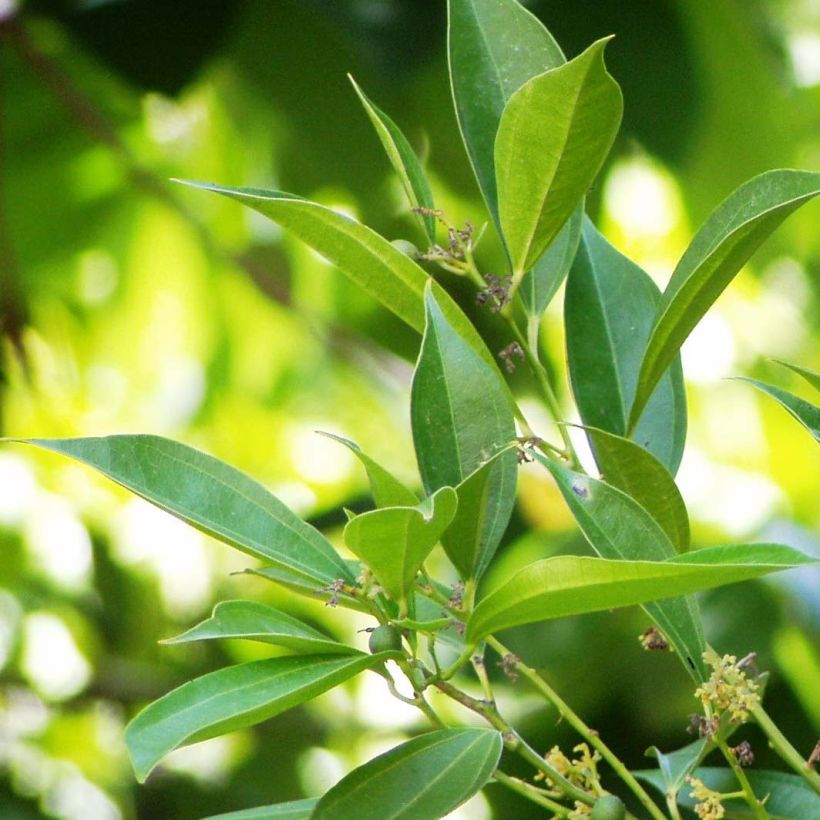

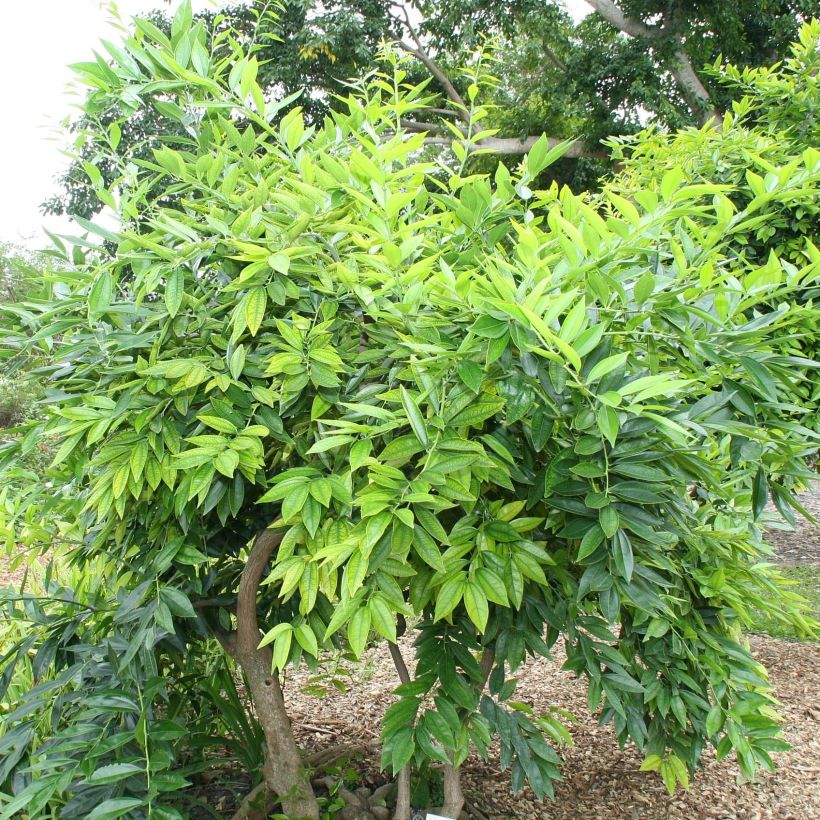

Plant habit
Flowering
Foliage
Botanical data
Cocculus
laurifolius
Menispermaceae
Laurel-leaved snail-seed, Laurel lead Cocculus
Southeast Asia
Other Shrubs A to Z
View all →Planting and care
Plant the Cocculus laurifolius in open ground in milder areas (zone 9 to 10), or in a container to overwinter anywhere else. This bush is not very demanding in terms of soil, as long as it is deep, not too poor, and well-tilled. Once well established, it can withstand dry periods in summer, in open ground. When cultivated in a container, it will require regular watering in summer, but less in winter. It is also not very demanding in terms of exposure, and will thrive in non-scorching sun, partial shade, or even in clear, light shade. Avoid areas that are too exposed to wind, as it would damage its beautiful leaves. Its cold resistance is around -7°C (19.4 °F) for a well-established subject (3 or 4 years of cultivation) and a few years old. Optionally protect it with horticultural fleece during the first few years in case of severe frost, and mulch its base to insulate it from the cold.
Planting period
Intended location
Care
Planting & care advice
-
, onOrder confirmed
Reply from on Promesse de fleurs
Similar products
Haven't found what you were looking for?
Hardiness is the lowest winter temperature a plant can endure without suffering serious damage or even dying. However, hardiness is affected by location (a sheltered area, such as a patio), protection (winter cover) and soil type (hardiness is improved by well-drained soil).

Photo Sharing Terms & Conditions
In order to encourage gardeners to interact and share their experiences, Promesse de fleurs offers various media enabling content to be uploaded onto its Site - in particular via the ‘Photo sharing’ module.
The User agrees to refrain from:
- Posting any content that is illegal, prejudicial, insulting, racist, inciteful to hatred, revisionist, contrary to public decency, that infringes on privacy or on the privacy rights of third parties, in particular the publicity rights of persons and goods, intellectual property rights, or the right to privacy.
- Submitting content on behalf of a third party;
- Impersonate the identity of a third party and/or publish any personal information about a third party;
In general, the User undertakes to refrain from any unethical behaviour.
All Content (in particular text, comments, files, images, photos, videos, creative works, etc.), which may be subject to property or intellectual property rights, image or other private rights, shall remain the property of the User, subject to the limited rights granted by the terms of the licence granted by Promesse de fleurs as stated below. Users are at liberty to publish or not to publish such Content on the Site, notably via the ‘Photo Sharing’ facility, and accept that this Content shall be made public and freely accessible, notably on the Internet.
Users further acknowledge, undertake to have ,and guarantee that they hold all necessary rights and permissions to publish such material on the Site, in particular with regard to the legislation in force pertaining to any privacy, property, intellectual property, image, or contractual rights, or rights of any other nature. By publishing such Content on the Site, Users acknowledge accepting full liability as publishers of the Content within the meaning of the law, and grant Promesse de fleurs, free of charge, an inclusive, worldwide licence for the said Content for the entire duration of its publication, including all reproduction, representation, up/downloading, displaying, performing, transmission, and storage rights.
Users also grant permission for their name to be linked to the Content and accept that this link may not always be made available.
By engaging in posting material, Users consent to their Content becoming automatically accessible on the Internet, in particular on other sites and/or blogs and/or web pages of the Promesse de fleurs site, including in particular social pages and the Promesse de fleurs catalogue.
Users may secure the removal of entrusted content free of charge by issuing a simple request via our contact form.
The flowering period indicated on our website applies to countries and regions located in USDA zone 8 (France, the United Kingdom, Ireland, the Netherlands, etc.)
It will vary according to where you live:
- In zones 9 to 10 (Italy, Spain, Greece, etc.), flowering will occur about 2 to 4 weeks earlier.
- In zones 6 to 7 (Germany, Poland, Slovenia, and lower mountainous regions), flowering will be delayed by 2 to 3 weeks.
- In zone 5 (Central Europe, Scandinavia), blooming will be delayed by 3 to 5 weeks.
In temperate climates, pruning of spring-flowering shrubs (forsythia, spireas, etc.) should be done just after flowering.
Pruning of summer-flowering shrubs (Indian Lilac, Perovskia, etc.) can be done in winter or spring.
In cold regions as well as with frost-sensitive plants, avoid pruning too early when severe frosts may still occur.
The planting period indicated on our website applies to countries and regions located in USDA zone 8 (France, United Kingdom, Ireland, Netherlands).
It will vary according to where you live:
- In Mediterranean zones (Marseille, Madrid, Milan, etc.), autumn and winter are the best planting periods.
- In continental zones (Strasbourg, Munich, Vienna, etc.), delay planting by 2 to 3 weeks in spring and bring it forward by 2 to 4 weeks in autumn.
- In mountainous regions (the Alps, Pyrenees, Carpathians, etc.), it is best to plant in late spring (May-June) or late summer (August-September).
The harvesting period indicated on our website applies to countries and regions in USDA zone 8 (France, England, Ireland, the Netherlands).
In colder areas (Scandinavia, Poland, Austria...) fruit and vegetable harvests are likely to be delayed by 3-4 weeks.
In warmer areas (Italy, Spain, Greece, etc.), harvesting will probably take place earlier, depending on weather conditions.
The sowing periods indicated on our website apply to countries and regions within USDA Zone 8 (France, UK, Ireland, Netherlands).
In colder areas (Scandinavia, Poland, Austria...), delay any outdoor sowing by 3-4 weeks, or sow under glass.
In warmer climes (Italy, Spain, Greece, etc.), bring outdoor sowing forward by a few weeks.






























